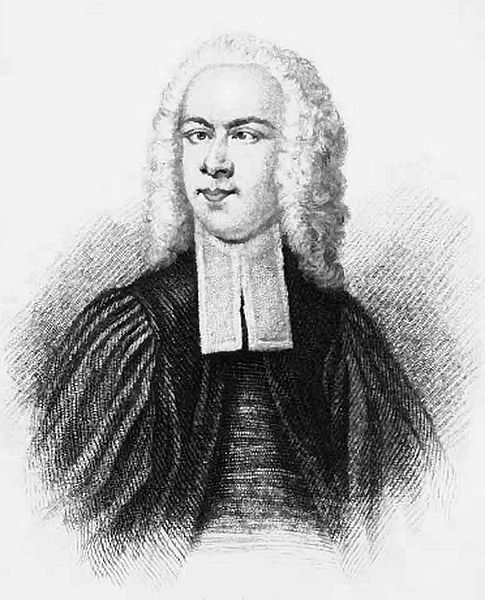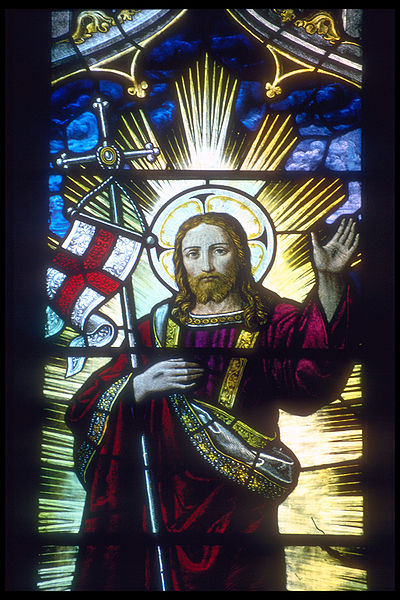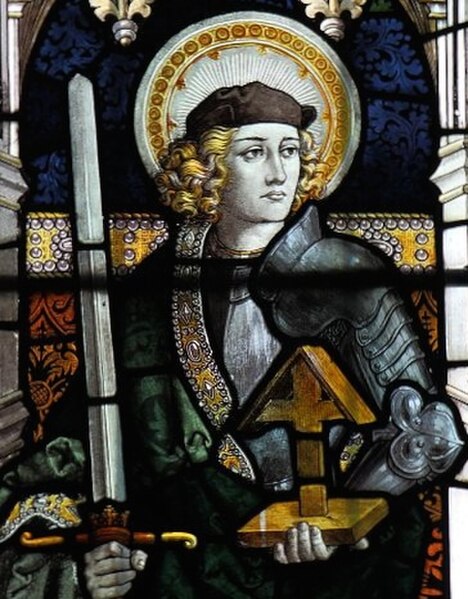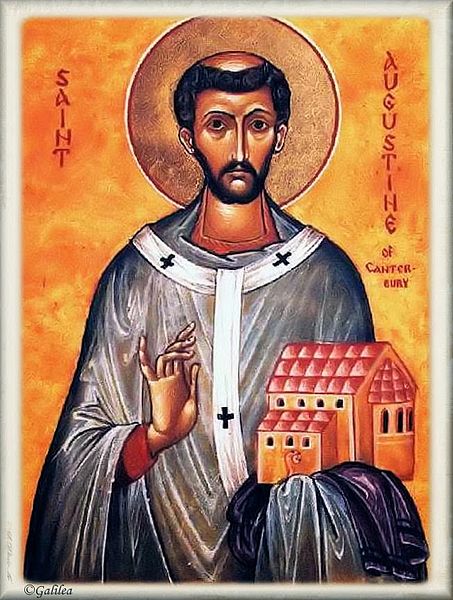George Whitefield, also known as George Whitfield, was an English Anglican minister and preacher who was one of the founders of Methodism and the evangelical movement. Born in Gloucester, he matriculated at Pembroke College, Oxford in 1732. There, he joined the "Holy Club" and was introduced to John and Charles Wesley, with whom he would work closely in his later ministry. Unlike the Wesleys, he embraced Calvinism.
Portrait by Joseph Badger, c, 1745
The Old Bell Inn, Southgate Street, Gloucester
Whitefield had what is known as a “lazy eye” (strabismus) which did not affect his vision, but had the effect of making individuals in large crowds think that his eyes were directly on them.
Whitefield preaching. 1857 engraving
Anglicanism is a Western Christian tradition which developed from the practices, liturgy, and identity of the Church of England following the English Reformation, in the context of the Protestant Reformation in Europe. It is one of the largest branches of Christianity, with around 110 million adherents worldwide as of 2001.
Jesus supporting an English flag and staff in the crook of his right arm depicted in a stained glass window in Rochester Cathedral in Rochester, Kent, England
Saint Alban is venerated as the first-recorded British Christian martyr
Augustine of Canterbury, the first Archbishop of Canterbury
Queen Elizabeth I revived the Church of England in 1559 and established a uniform faith and practice; she took the title "Supreme Governor"








